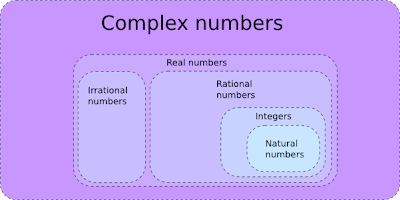Important definitions related to circles:
1. Circle: A circle is a simple closed curve all of whose points are at a constant distance from a fixed point in the same plane. The fixed point is called the centre of the circle.
2. Circumference of a circle: The distance right around the circle is called its circumference. It is the perimeter of the circle. The traditional method to measure this perimeter of a circle was using a thread or a rope long the circumference. However this method is not too practical for very large circular fields or pieces of land. Therefore for all practical purposes, the following formula was derived by mathematicians for circumference of a circle.
C = pi*d. Where, C = circumference of the circle, d = diameter of the circle and pi = ratio of the circumference of a circle to its diameter. The value of the Greek letter pi (read as pi) was experimentally calculated by mathematicians. It is an irrational number. A decimal of nonrecurring type. It is a constant. Indian mathematician Ramanujan gave two approximations for the value of pi in the year 1914. Generally all mathematicians have accepted the value of this constant as 3.141 592 653 589 793....
3. Semi circle: A diameter divides a circle into two equal parts which are called semi circles. The length of the curved portion of a semi circle is equal to half the circumference of the circle. The total perimeter of a semi circle is equal to sum of half the circumference and diameter. So putting that mathematically, perimeter of a semi circle = P,
P = C/2 + d, where C = circumference of a circle with diameter d.
From any point on the semi circle if we draw two lines that meet both the ends of the diameter, the angle so formed is called angle in a semi circle. This angle in a semi circle is always a right angle.
4. Unit of a circle (or unit circle): A circle which has a unit radius is called a unit circle. In other words a circle with radius = 1 and diameter = 2 is called a unit circle.
5. Intersecting circles: If there are two circles in a plane then any of the following three possibilities are there:
(a) The circles do not touch or intersect each other at all.
(b) The circles touch each other in exactly one point.
(c) The circles intersect each other in exactly two points.


